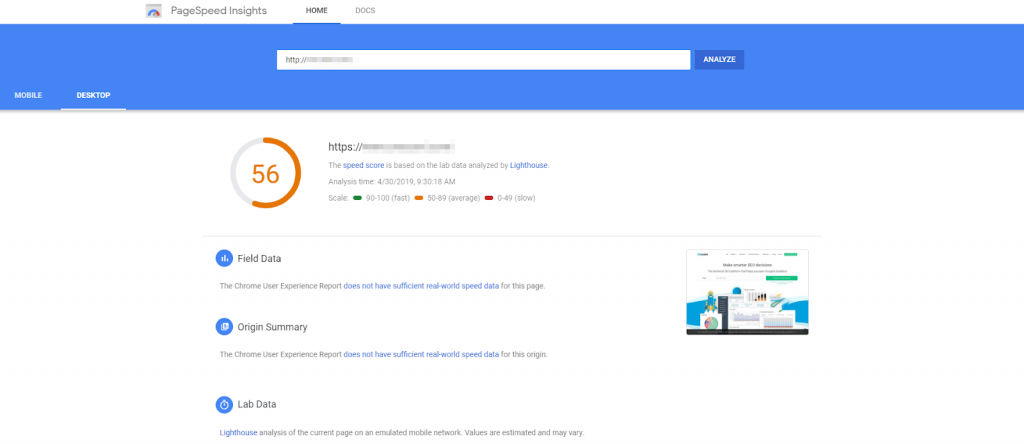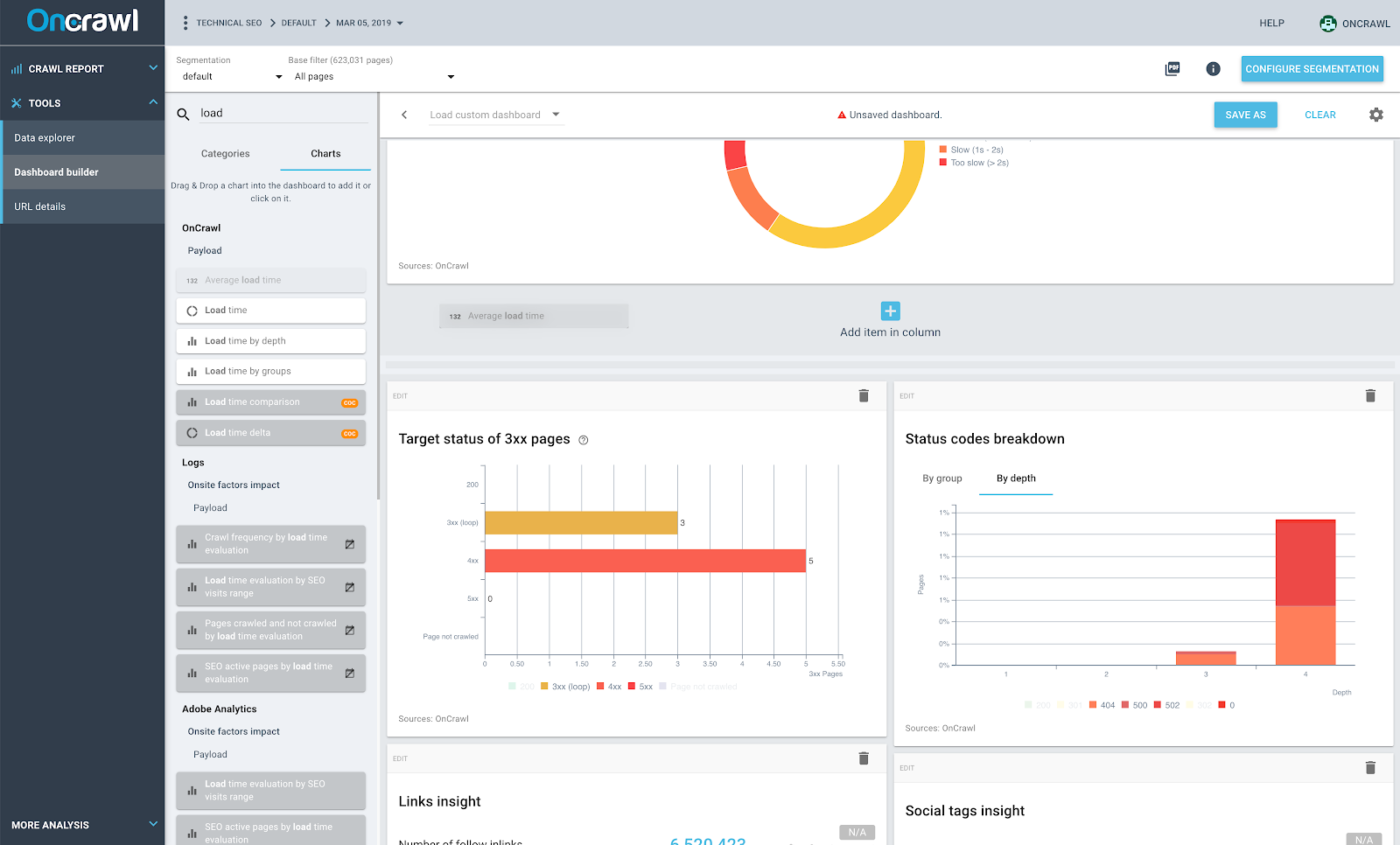SEO audits are a crucial element within onboarding efforts in an agency or freelancer setting, as well as ongoing in-house SEO efforts.
When dealing with both internal and external clients, SEO audits help to provide:
- A benchmark against which to compare future actions
- A tangible connection between SEO initiatives and organizational objectives
- Immediately actionable technical SEO areas
For many agencies or freelancers that use SEO auditing tools to prospect for new clients, the third point above can be a great way to provide an immediate gameplan and results even before you’ve closed on a client. Pairing client site data with suggestions to remedy the situation is a proven way to bring on new clients.
Once clients are brought on board, SEO audits provide proof of value, a map of future focus areas within technical SEO, and a link between technical SEO and broader organizational objectives.
Recently I’ve been writing a great deal about white label SEO tools, of which quite a large number provide auditing capabilities. In the process I’ve tried out close to 50 white label tools. While these aren’t indicative of every large SEO auditing provider, most large auditing providers do provide white label options.
Many of the top SEO auditing tools provide a huge array of technical SEO data. Much of which can be linked to other key organizational metrics, can be mined into more deeply, and is nicely visualized.
These three components form the key functionality that make audits work, for you and your clients. In looking at tons of SEO auditing tools, the most essential aspects of every technical SEO audit turned out to be surprisingly simple:
- You need a composite metric you don’t need to be an SEO to understand
- You need a user’s guide, informing users why metrics were selected, what they mean, and how to mine deeper.
- And you need all of the “usual” technical SEO metrics in an easy to digest format.
So without anymore ado, let’s dive more deeply into what elements should be a part of every technical SEO audit.
Oncrawl SEO Crawler
A Composite Metric You Don’t Have To Be An SEO To Understand
SEO audits function on two levels:
- They provide granular data leading to specific actionable technical SEO instances.
- And they provide a big-picture view of where a site is SEO-wise and whether it’s improving.
Most composite metrics that work provide information on not only where a site stands in relation to past audits (improvement), but where the site stands when compared to other sites.

Tools like Google’s PageSpeed Insights — the results of which are included in many auditing tools– do a great job with this. An easily readable, color-coded value on a 1-100 scale is accompanied by information about where other sites fall on this reading. After all, there’s always more we can do to improve technical SEO. But don’t we really just care about beating out enough sites to improve organizational outcomes?
A second component often included with composite metrics are a list of tests that contribute to the score. This is where an SEO audit becomes highly actionable. This is also where you’ve got a strong sell on the connection between the current score and future services related to that score.
The below example shows passed and failed tests relating to a site optimization score on WebCEO’s SEO platform.

This common feature of SEO audits may not be as readable to non-SEO’s, but as most of the best auditing tools link passed and failed tests to a highly-readable composite metric, they at least have context.
A User Guide
If there’s a lesson to be had from the section above, it’s that quality audits meet audit readers where they are. They enable quick takeaways as well as deeper dives into technical SEO data. For auditing tools to work for a vast majority of clients, they have to work for technical and non-technical crowds.
That’s where a user guide comes in. Regardless of whether your audit will be printed, sent as a PDF, part of an email, or displayed like a dashboard on a landing page, there’s room to include educational content. You don’t want viewers to have to wade through a ton of additional content. But you want users to be able to dive deeper where they feel they need to.

SEOptimer’s PDF audit output integrates best practices regarding composite scores, tests passed and failed, as well as providing some additional information so non-SEO viewers can understand the importance of different technical SEO measures.
Now explanatory materials can mean many different things depending on the format of your audit. But you should be able to find a tool that incorporates one of the following to cover all your bases:
- Landing page or dashboard-like audit outputs should employ tooltips or links to “learn more” about a given topic.
- PDFs should include links to explanatory content, or potentially small snippets explaining the importance of metrics.
- Printed audits should include the most text on-page due to lack of connectivity. Include all tooltips or explanatory content on-page.
The Basics

Finally, whatever audit tool you choose should of course include integration of all the data sources you would consider in a technical SEO audit. Above we’ve chosen a screenshot from Oncrawl’s SEO data platform, a great option for providing a truly custom dashboard experience that incorporates many of the below technical SEO ‘basics.’
The below list isn’t exhaustive, but most audit tools should at least include the option of integrating data of the following types:
- Visitor analytics
- Backlinks
- Site index metrics
- Site Speed Score
- Mobile Usability
- Social Presence
- Site Security
- Keyword Consistency
- Broken Links
- HTML Headers
With the following functionality:
- Ability to interact and mash up data (on dashboards or live web audits)
- The ability to mine into data more deeply
- The ability to view the audit through different media
- The ability to include educational content
TL;DR
It’s easier than ever to find an SEO auditing tool that can provide every technical SEO metric available. But what truly makes a technical SEO audit work is that it meets readers where they’re at. Include non-technical composite metrics, actionable insights, and educational content around technical measures.

